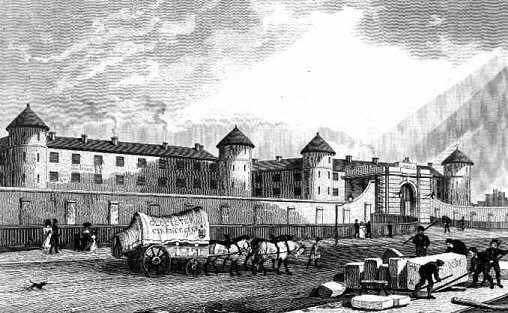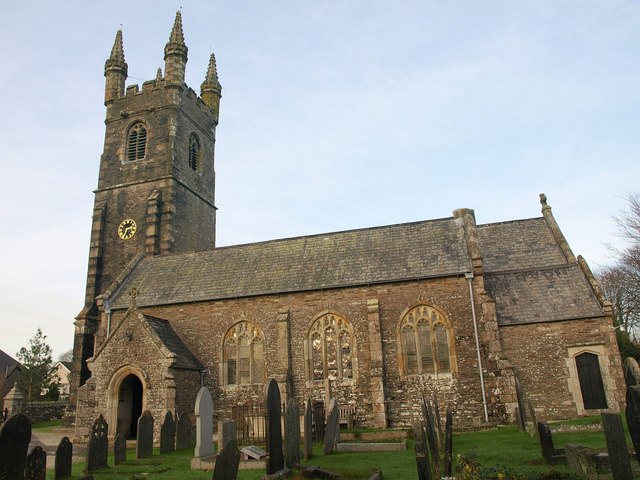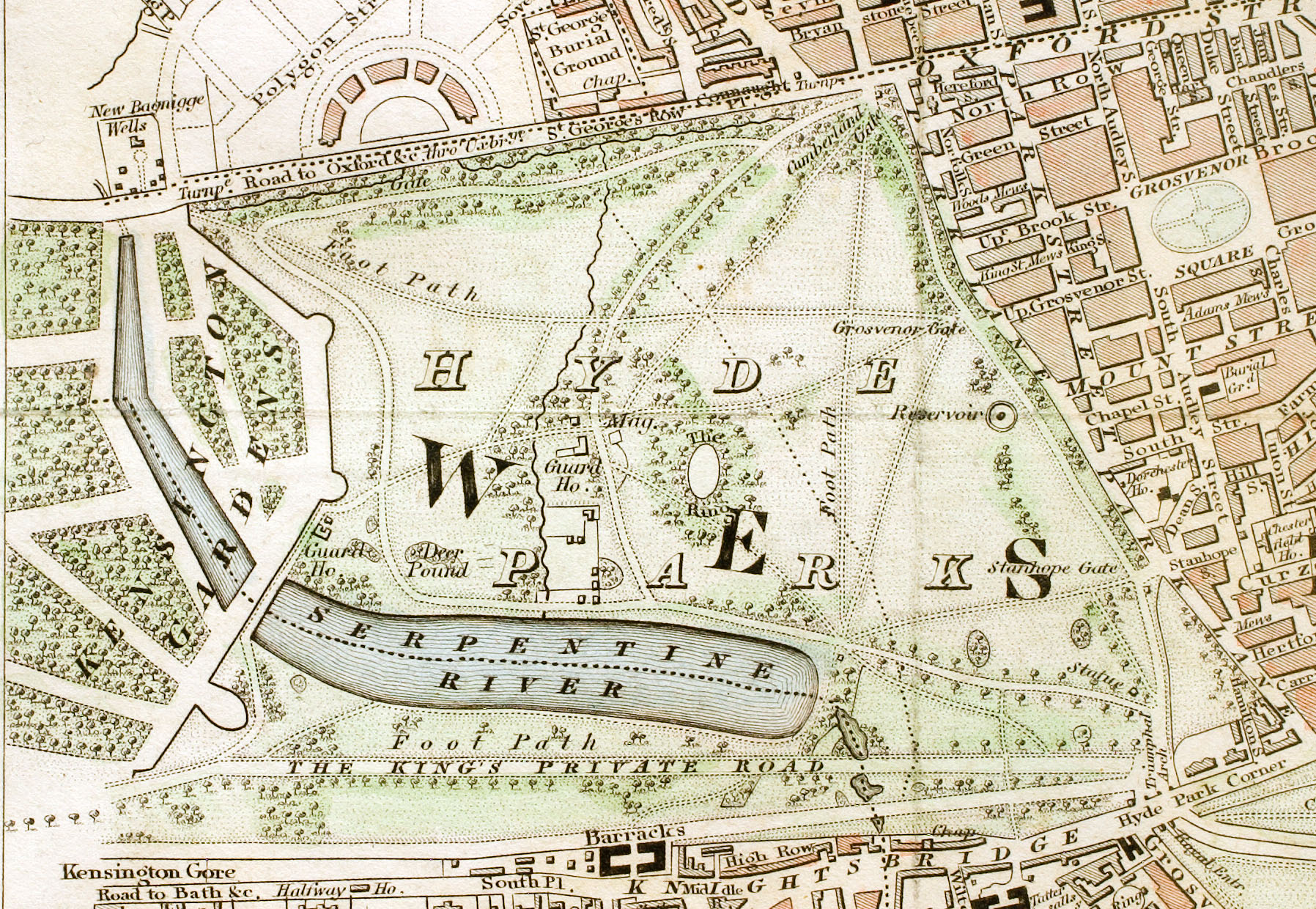|
Charles Fowler
Charles Fowler (17 May 1792 – 26 September 1867) was an English architect, born and baptised at Cullompton, Cullompton, Devon. He is especially noted for his design of market buildings, including Covent Garden Market in London. Life Education and early work Fowler was born at Cullompton, Devon on 17 May 1792, and baptised on 26 December 1800, also at Cullompton. He was educated at Taunton Grammar School After serving an apprenticeship of seven years with John Powning of Exeter, he moved to London in 1814, and entered the office of David Laing (architect), David Laing, where he assisted him on the designs for the Custom House, City of London, Custom House. He then set up his own practice, working from an address in Great Ormond Street, and later, from 1830, at 1, Gordon Square. Fowler generally worked in a classical style, often freely interpreted. Thomas Leverton Donaldson described him as "gifted with a practical rather than an imaginative turn of mind.". An important ear ... [...More Info...] [...Related Items...] OR: [Wikipedia] [Google] [Baidu] |
Cullompton
Cullompton () is a town and civil parish in the district of Mid Devon and the county of Devon, England. It is north-east of Exeter and lies on the River Culm. In 2011 the parish as a whole had a population of 8,499 while the built-up area of the town had a population of 7,439. The earliest evidence of occupation is from the Roman period – there was a fort on the hill above the town and occupation in the current town centre. Columtune was mentioned in Alfred the Great's will which left it to his youngest son Æthelweard (c.880-922). In the past the town's economy had a large component of wool and cloth manufacture, then later leather working and paper manufacture. A large proportion of town's inhabitants are commuters but there is some local manufacturing, including flour and paper mills. It has a monthly farmers' market held on the second Saturday of every month which is the oldest event of its kind in the South West. It is home to two grade I listed buildings: the fiftee ... [...More Info...] [...Related Items...] OR: [Wikipedia] [Google] [Baidu] |
Hungerford Market
Hungerford Market was a produce market in London, at Charing Cross on the Strand. It existed in two different buildings on the same site, the first built in 1682, the second in 1832. The market was first built on the site of Hungerford House, next to Durham Yard, the town house of the Hungerford family. The house had burned down in 1669 as is recorded in the Diary of Samuel Pepys.25 April/26 April 1669''Samuel Pepys Diary April 1669''/ref> It was replaced by a new Italianate market building by Charles Fowler, which opened in 1833. The new market was unsuccessful. It was damaged when the adjoining Hungerford Hall burned down in 1854, and was sold to the South Eastern Railway in 1862. Charing Cross railway station was built on the site and opened in 1864. [...More Info...] [...Related Items...] OR: [Wikipedia] [Google] [Baidu] |
Millbank Prison
Millbank Prison or Millbank Penitentiary was a prison in Millbank, Westminster, London, originally constructed as the National Penitentiary, and which for part of its history served as a holding facility for convicted prisoners before they were transported to Australia. It was opened in 1816 and closed in 1890. Construction The site at Millbank was originally purchased in 1799 from the Marquess of Salisbury for £12,000 by the philosopher Jeremy Bentham, acting on behalf of the Crown, for the erection of his proposed panopticon prison as Britain's new National Penitentiary. After various changes in circumstance, the Panopticon plan was abandoned in 1812. Proposals for the National Penitentiary continued, however, and were given a legislative basis in the Penitentiary House, etc. Act of 1812 (52 Geo. 3 c. 44). An architectural competition for a new prison building on the Millbank site attracted 43 entrants: the winning design was that of William Williams, drawing master at the ... [...More Info...] [...Related Items...] OR: [Wikipedia] [Google] [Baidu] |
Panopticon
The panopticon is a type of institutional building and a system of control designed by the English philosopher and social theorist Jeremy Bentham in the 18th century. The concept of the design is to allow all prisoners of an institution to be observed by a single security guard, without the inmates being able to tell whether they are being watched. Although it is physically impossible for the single guard to observe all the inmates' cells at once, the fact that the inmates cannot know when they are being watched means that they are motivated to act as though they are being watched at all times. Thus, the inmates are effectively compelled to regulate their own behaviour. The architecture consists of a rotunda with an inspection house at its centre. From the centre, the manager or staff of the institution are able to watch the inmates. Bentham conceived the basic plan as being equally applicable to hospitals, schools, sanatoriums, and asylums, but he devoted most of his effort ... [...More Info...] [...Related Items...] OR: [Wikipedia] [Google] [Baidu] |
Exminster Hospital
Exminster Hospital is a former mental health facility at Exminster, Devon, England. It is a Grade II* listed building. History The hospital, which was designed by Charles Fowler using a radial plan of the panopticon type, opened as the Devon County Lunatic Asylum in July 1845. It was used as military hospital during the First World War and then became known as Devon Mental Hospital in the 1920s. It was badly bombed during the Second World War and joined the National Health Service as Exminster Hospital in 1948 before becoming known as Exe Vale Hospital (Exminster Branch) in the 1970s. After the introduction of Care in the Community in the early 1980s, the hospital went into a period of decline and closed in July 1985. The main building was converted into apartments between 2001 and 2008 and is now known as Devington Park. See also *Digby Hospital Digby Hospital was a mental health facility in Digby, Devon, England. History The site was previously occupied by Digby Farm. The h ... [...More Info...] [...Related Items...] OR: [Wikipedia] [Google] [Baidu] |
Bickleigh, South Hams
Bickleigh is a small village on the southern edge of Dartmoor in Devon, England. It has a population of about 50 people. It is in the South Hams district, and is about north of Plymouth city centre. The village is part of the electoral ward called ''Bickleigh'' and Shaugh. At the 2011 census the ward population was 4,723. 42 Commando is currently based at Bickleigh Barracks. The village church has a tower of the 15th century but the rest of the building is the work of Charles Fowler, 1838, and one of the church's two baptismal fonts is 15th century. There is a fine monument to Sir Manasseh Masseh Lopes of Maristow House Maristow House in the parish of Bickleigh (formerly Tamerton Foliot), Devon, England, is a large country house set in landscaped parkland, on the River Tavy to the north of Plymouth. It was built in about 1560, rebuilt in the mid-18th century and .... References Villages in South Hams Civil parishes in South Hams {{Devon-geo-stub ... [...More Info...] [...Related Items...] OR: [Wikipedia] [Google] [Baidu] |
Charmouth
Charmouth is a village and civil parish in west Dorset, England. The village is situated on the mouth of the River Char, around north-east of Lyme Regis. Dorset County Council estimated that in 2013 the population of the civil parish was 1,310. In the 2011 Census the population of the parish, combined with the small parish of Catherston Leweston to the north, was 1,352. History The history of Charmouth dates back to the Iron Age when a Celtic tribe, the Durotriges, founded a settlement. Evidence of hill forts can still be seen in the area. The name Charmouth originated from the Saxon 'Cerne' meaning stony river, Charmouth was therefore known as 'Cernmunde'. Historian George Roberts wrote: During the Saxon period, the neighbouring coast was particularly subject to the invasions of the Danes, concerning whom so much has been written. In 787, the Danes, Northern men, or Normans, landed at Portland from three ships, to reconnoitre the country, which they did without interrupti ... [...More Info...] [...Related Items...] OR: [Wikipedia] [Google] [Baidu] |
Hyde Park, London
Hyde Park is a Grade I-listed major park in Westminster, Greater London, the largest of the four Royal Parks that form a chain from the entrance to Kensington Palace through Kensington Gardens and Hyde Park, via Hyde Park Corner and Green Park past the main entrance to Buckingham Palace. The park is divided by the Serpentine and the Long Water lakes. The park was established by Henry VIII in 1536 when he took the land from Westminster Abbey and used it as a hunting ground. It opened to the public in 1637 and quickly became popular, particularly for May Day parades. Major improvements occurred in the early 18th century under the direction of Queen Caroline. Several duels took place in Hyde Park during this time, often involving members of the nobility. The Great Exhibition of 1851 was held in the park, for which The Crystal Palace, designed by Joseph Paxton, was erected. Free speech and demonstrations have been a key feature of Hyde Park since the 19th century. Speakers' Cor ... [...More Info...] [...Related Items...] OR: [Wikipedia] [Google] [Baidu] |
Teffont Evias
Teffont Evias is a small village and former civil parish in the Nadder valley in the south of Wiltshire, England. Edric Holmes described the village as "most delightfully situated", and Maurice Hewlett included Teffont in his list of the half dozen most beautiful villages in England. The present buildings are mostly of local stone, and several are thatched. The civil parish was combined in 1934 with neighbouring Teffont Magna to form a united Teffont parish. Location Teffont Evias lies northeast of the large village of Tisbury and west of Wilton. The southern boundary of both the former Teffont Evias parish, and the modern Teffont parish, is the River Nadder. The village street follows a stream which rises at Teffont Magna and flows south to join the Nadder. Geology Purbeck limestone underlies almost all of the parish, with a ridge of Cretaceous Upper Greensand. Teffont Evias Quarry and Lane Cutting is protected as a geological Site of Special Scientific Interest, where ... [...More Info...] [...Related Items...] OR: [Wikipedia] [Google] [Baidu] |
Nikolaus Pevsner
Sir Nikolaus Bernhard Leon Pevsner (30 January 1902 – 18 August 1983) was a German-British art historian and architectural historian best known for his monumental 46-volume series of county-by-county guides, ''The Buildings of England'' (1951–74). Life Nikolaus Pevsner was born in Leipzig, Saxony, the son of Anna and her husband Hugo Pevsner, a Russian-Jewish fur merchant. He attended St. Thomas School, Leipzig, and went on to study at several universities, Munich, Berlin, and Frankfurt am Main, before being awarded a doctorate by Leipzig in 1924 for a thesis on the Baroque architecture of Leipzig. In 1923, he married Carola ("Lola") Kurlbaum, the daughter of distinguished Leipzig lawyer Alfred Kurlbaum. He worked as an assistant keeper at the Dresden Gallery between 1924 and 1928. He converted from Judaism to Lutheranism early in his life. During this period he became interested in establishing the supremacy of German modernist architecture after becoming aware of Le ... [...More Info...] [...Related Items...] OR: [Wikipedia] [Google] [Baidu] |
Honiton
Honiton ( or ) is a market town and civil parish in East Devon, situated close to the River Otter, north east of Exeter in the county of Devon. Honiton has a population estimated at 11,822 (based on mid-year estimates for the two Honiton Wards in 2009). History The town grew along the line of the Fosse Way, the ancient Roman road linking Exeter ( Isca Dumnoniorum) to Lincoln (Lindum). Contrary to 19th-century theories, it is unlikely to have been known as a stopping-point by the Romans, who built a small fort for that purpose just to the west of the present town. Honiton's location is mentioned in the Domesday Book as Honetone, meaning Huna's tun or farmstead. Lace-making Honiton later grew to become an important market town, known for lace making that was introduced by Flemish immigrants in the Elizabethan era. In the 17th century thousands of people produced lace by hand in their homes, and in the 19th century Queen Victoria had her wedding dress made of Honiton lace, ... [...More Info...] [...Related Items...] OR: [Wikipedia] [Google] [Baidu] |
St Paul, Honiton, Devon - East End - Geograph
ST, St, or St. may refer to: Arts and entertainment * Stanza, in poetry * Suicidal Tendencies, an American heavy metal/hardcore punk band * Star Trek, a science-fiction media franchise * Summa Theologica, a compendium of Catholic philosophy and theology by St. Thomas Aquinas * St or St., abbreviation of "State", especially in the name of a college or university Businesses and organizations Transportation * Germania (airline) (IATA airline designator ST) * Maharashtra State Road Transport Corporation, abbreviated as State Transport * Sound Transit, Central Puget Sound Regional Transit Authority, Washington state, US * Springfield Terminal Railway (Vermont) (railroad reporting mark ST) * Suffolk County Transit, or Suffolk Transit, the bus system serving Suffolk County, New York Other businesses and organizations * Statstjänstemannaförbundet, or Swedish Union of Civil Servants, a trade union * The Secret Team, an alleged covert alliance between the CIA and American industry ... [...More Info...] [...Related Items...] OR: [Wikipedia] [Google] [Baidu] |









